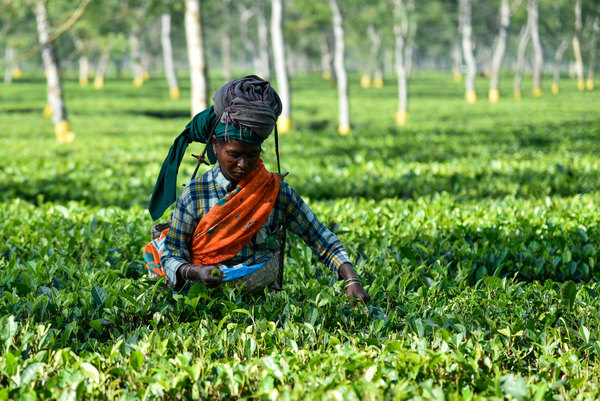EU signals policy shift on biofuels
Climate change, high oil prices, and worries over dependence on imported fossil fuels, are just some of the reasons why governments have introduced policies to promote use of biofuels and other renewable energy sources in recent years. In the USA, the Renewable Fuel Standard requires a proportion of the corn harvest to be used for…
New clue to aid the understanding of the breakdown and melting of glaciers
Glaciers image from destination360.com Glaciers and ice caps play an important role on earth’s climate; they reflect 80-90% of incoming solar radiation; and they’re a major carbon sink, especially in the Arctic, which accounts for up to 15% of the earth’s carbon sink. As I reported in my previous blog, scientists alerted that the contribution…
Himalayan glaciers melt rate is uncertain – More consistent data needed
Around 1.3 billion people in the Himalayan river basins rely on both snowmelt water from glaciers and monsoon waters to sustain their livelihoods. In fact, seasonal snowmelt water from the Himalayan glaciers is one of the main sources of freshwater reserves that directly sustain people living in the region, especially in arid and semi-arid…
IUCN releases list of 100 most threatened species – priceless or worthless?
In the beginning of this year, the Union for Conservation of Nature (IUCN) published the Red List of Threatened Species, which showed that the world’s rich diversity is disappearing at a frightening fast rate, with 1 in 4 mammals, 1 in 3 amphibians, 1 in 3 corals, and 1 in 8 birds being at risk…
Record-breaking Arctic ice melt – causes and implications
Image credit: NASA Goddard Space Flight Center. NASA satelite pictures and a BBC News item on the latest data from the Norwegian Polar Institute (NPI) showed that the Arctic sea ice has thawed to record levels this year. It is well known that the Arctic ice thaws annually during the summer months, when the temperature is…
Belo Horizonte – the first Latin America city to implement TRACE energy saving tool
Belo Horizonte image by Vera Barbosa. The Tool for Rapid Assessment of City Energy (TRACE), developed by the World Bank’s Energy Sector Management Assistance Program (ESMAP), has already been implemented in various cities around the world, but Belo Horizonte, the capital of Minas Gerais, was the first city in Latin America to implement the World…
Tiger tourism: to ban or not to ban?
Both as a wildlife enthusiast and a writer on tourism, I've been following with interest over the last month or so the ongoing debate in India over whether tourism should be banned from core areas of the country's tiger reserves. On Tuesday 24 July, India's Supreme Court temporarily banned any form of tourism in the…
Are the London 2012 Olympic and Paralympic Games the most sustainable ever?
Photo taken by Vera Barbosa A report has just been published to update the 2005 BioRegional, WWF and London 2012 framework report on producing the most sustainable Olympic and Paralympic Games ever. The 2005 report, Towards a One Planet Olympics, became part of London’s bid and then part of London’s promise to the world. Towards…
Bioenergy – opportunities and challenges of sustainable production
From the 1970s to the 1990s, Brazil was the only country known to have successfully produced and used liquid biofuels in the form of sugarcane ethanol. Now hardly any country can be found that is not producing or considering biofuels production. The International Energy Agency predicts bioenergy will contribute up to 21% of the global…


